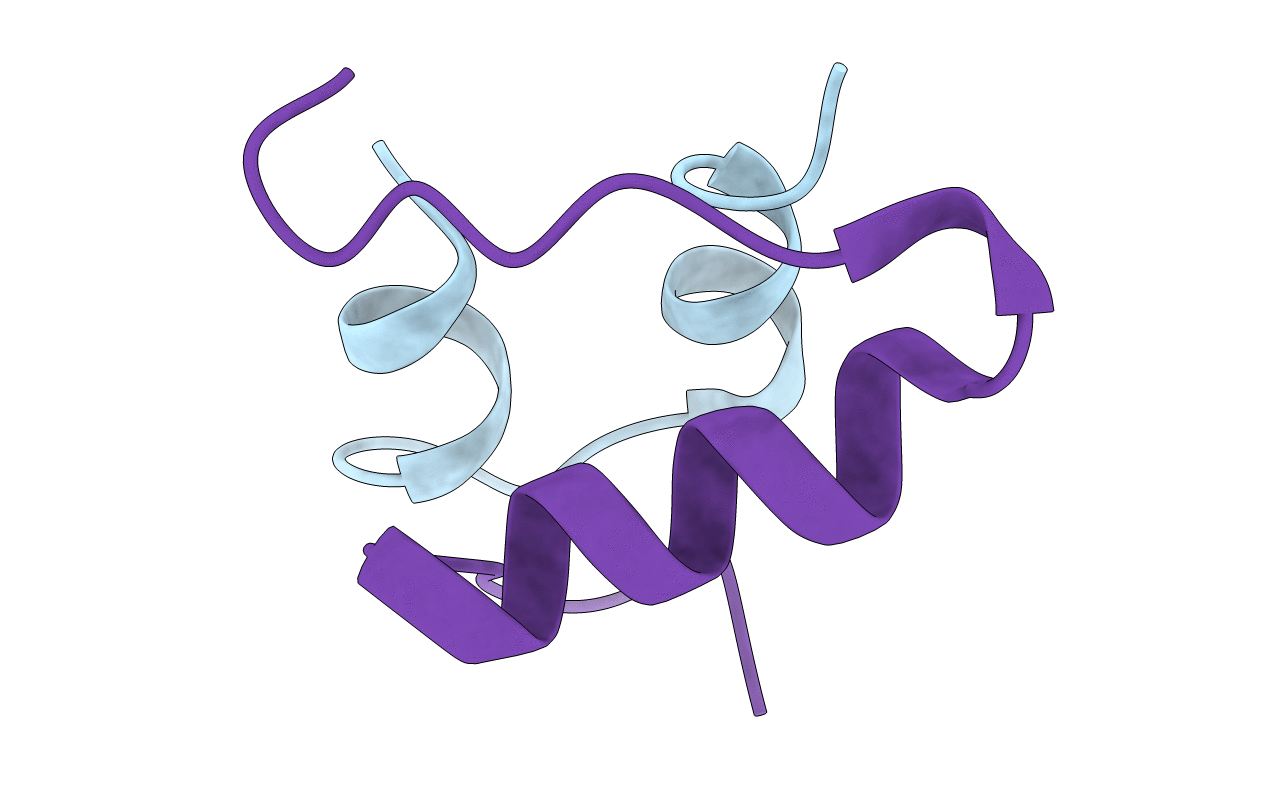
Deposition Date
2015-06-03
Release Date
2016-03-09
Last Version Date
2024-10-16
Entry Detail
PDB ID:
5BTS
Keywords:
Title:
Structural and biophysical characterization of a covalent insulin dimer formed during storage of neutral formulation of human insulin
Biological Source:
Source Organism:
Homo sapiens (Taxon ID: 9606)
Host Organism:
Method Details:
Experimental Method:
Resolution:
1.77 Å
R-Value Free:
0.20
R-Value Work:
0.15
R-Value Observed:
0.16
Space Group:
I 21 3


